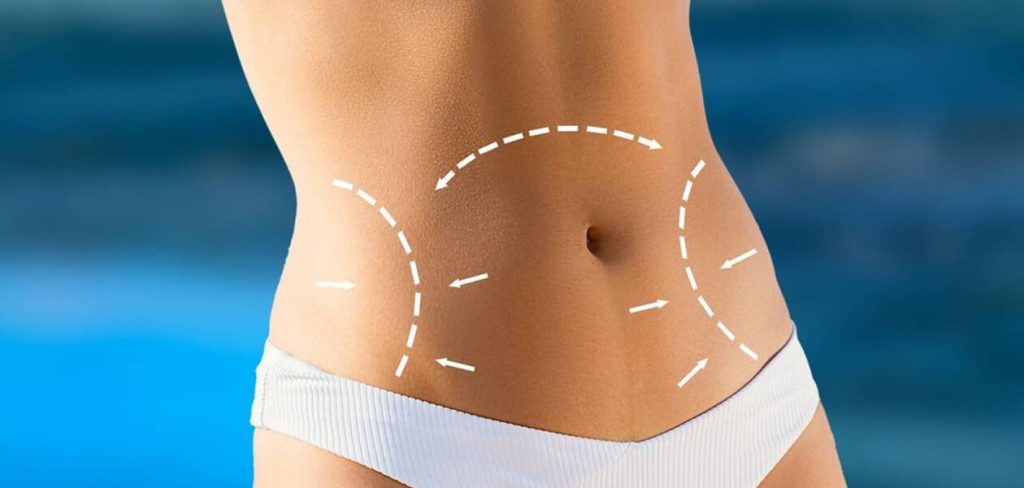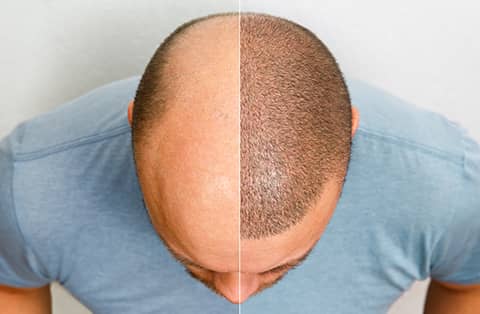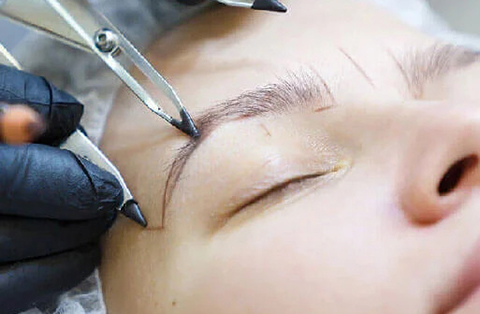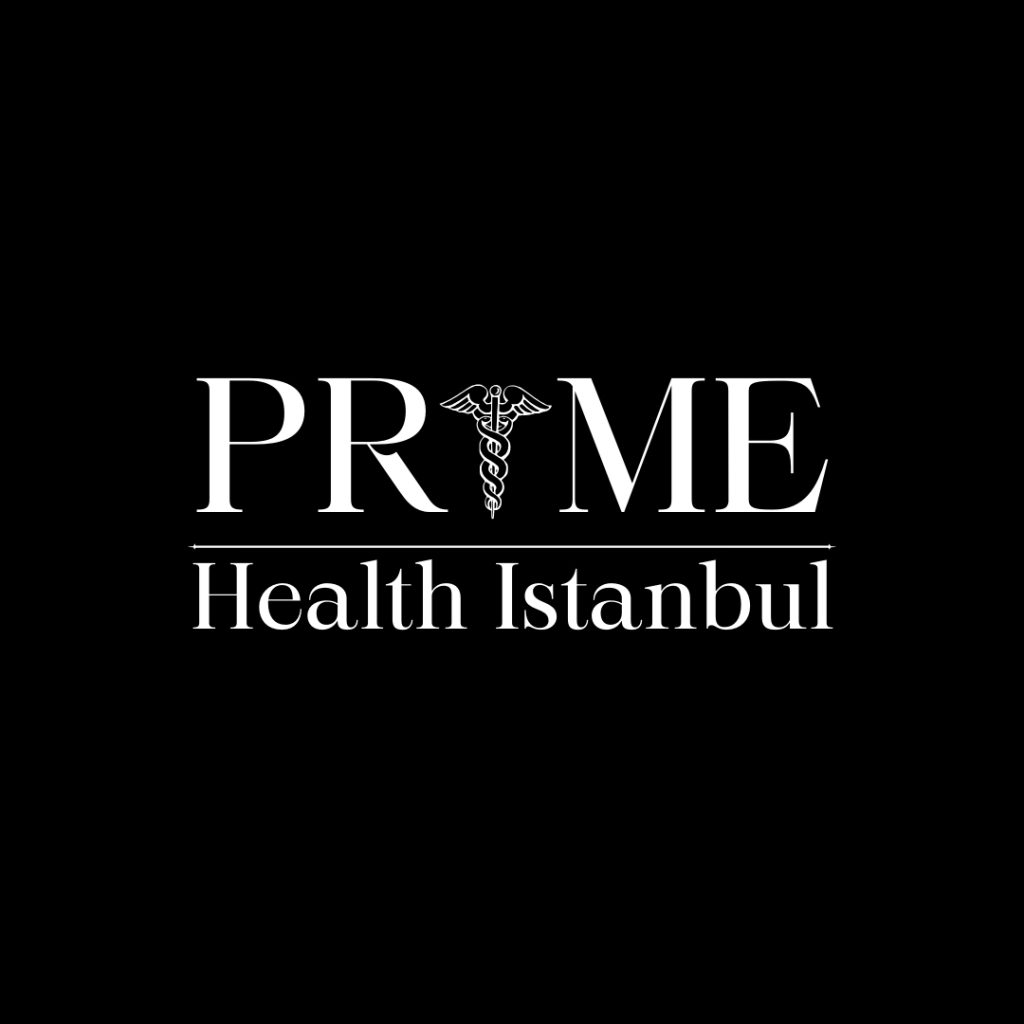Are you considering a flatter, more toned midsection?
A tummy tuck, or abdominoplasty, can help achieve that goal. Whether you’re dealing with excess skin after weight loss or looking to tighten stretched abdominal muscles, different types of tummy tucks are available to meet your unique needs.
From mini tummy tucks to more extensive procedures, each option offers specific benefits depending on your body type and goals.
In this article, we’ll explore the various tummy tuck techniques, recovery times, and what you can expect from each procedure. Discover which tummy tuck is right for you and how it can help transform your body.
What Is a Tummy Tuck?
A tummy tuck is a cosmetic surgical procedure designed to remove excess skin and fat from the abdomen. It also tightens the muscles in the abdominal wall, creating a firmer and flatter stomach.
Many individuals seek this procedure to restore the appearance of their midsection, especially after pregnancy, significant weight loss, or aging. A tummy tuck can help improve self-confidence by creating a more toned and youthful contour.
Let’s explore the common reasons people choose this procedure and who might be an ideal candidate.
Common Reasons for a Tummy Tuck
People pursue tummy tucks for various reasons, but it’s most often done to address loose or sagging skin around the stomach. Common reasons include:
Post-pregnancy changes: After pregnancy, many women experience stretched abdominal muscles and excess skin that doesn’t respond to diet or exercise.
Significant weight loss: After losing a large amount of weight, individuals are often left with loose, hanging skin around the abdomen.
Aging: As we age, the skin naturally loses elasticity, and the muscles in the abdomen can weaken, resulting in a less toned appearance.
A tummy tuck addresses these concerns, creating a smoother and firmer abdominal profile.
Who Is a Good Candidate for a Tummy Tuck?
Ideal candidates for a tummy tuck are individuals who:
Have loose or excess abdominal skin.
Are near their ideal body weight.
Have weakened abdominal muscles, often due to pregnancy or weight changes.
Are in good overall health and do not smoke, as smoking can interfere with healing.
It’s important to note that a tummy tuck is not a substitute for weight loss. It’s intended for those who have already made efforts to reach a healthy weight but need help with loose skin or muscle tone.
What Are the Different Types of Tummy Tucks?
Tummy tucks come in several forms, each tailored to different patient needs and aesthetic goals. From minimal procedures targeting small areas to more comprehensive surgeries for major body transformations, the various types of tummy tucks offer flexibility based on your unique situation.
Choosing the right one depends on factors like the amount of excess skin, muscle separation, and personal preferences. Let’s explore the different types of tummy tucks to understand which might be the best fit for you.
Standard Tummy Tuck (Full Tummy Tuck)
A standard tummy tuck, also known as a full tummy tuck, addresses the entire abdomen.
This procedure removes excess skin and fat from both the upper and lower abdomen and tightens the underlying abdominal muscles. It’s ideal for individuals who have loose skin and muscle separation across the entire midsection, such as after pregnancy or significant weight loss.
The incision typically runs horizontally from hip to hip, allowing for maximum tightening and smoothing.
Mini Tummy Tuck
A mini tummy tuck is a less invasive option that focuses on the lower abdomen, below the belly button. It’s suited for individuals with minor skin laxity or a small amount of fat in this area.
Unlike a full tummy tuck, the belly button is not repositioned, and the incision is smaller. This procedure offers a quicker recovery and is ideal for those who don’t need extensive correction.
Extended Tummy Tuck
An extended tummy tuck is a more comprehensive procedure that not only targets the abdomen but also the flanks and lower back.
This option is ideal for individuals who have undergone significant weight loss and are left with excess skin around the abdomen, hips, and lower back.
The incision is longer than a standard tummy tuck, extending around the hips, allowing for a complete reshaping of the midsection and waistline.
Fleur-de-Lis Tummy Tuck
The Fleur-de-Lis tummy tuck is designed for patients with a significant amount of excess skin both horizontally and vertically.
This procedure involves both a vertical and horizontal incision, allowing for the removal of skin in multiple directions.
It’s often recommended for those who have undergone extreme weight loss, as it provides more extensive contouring of the entire abdominal region.
Hourglass Tummy Tuck (Tummy Tuck with Liposuction)
The hourglass tummy tuck combines a standard tummy tuck with liposuction to sculpt the waistline and create a curvier, hourglass figure.
This procedure focuses on removing excess skin and fat while contouring the waist to enhance the natural curves of the body. It’s an excellent option for those looking to achieve a more defined, feminine shape.
Drainless Tummy Tuck
A drainless tummy tuck uses a special technique to avoid the need for post-surgical drains. In this approach, the surgeon uses internal sutures to close the space between the skin and muscles, preventing fluid buildup.
This can lead to a more comfortable recovery with less post-operative care, making it a popular option for patients seeking a smoother healing process.
Revision Tummy Tuck
A revision tummy tuck is performed when a patient has previously undergone a tummy tuck but is unhappy with the results.
This procedure can address complications, such as residual loose skin, unsatisfactory scarring, or muscle separation that wasn’t fully corrected during the initial surgery. It aims to improve the overall appearance and results of the first surgery.
What Should You Expect During a Tummy Tuck Consultation?
A tummy tuck consultation is the first step in your journey toward achieving a flatter, more toned abdomen. During this meeting, you’ll have the opportunity to discuss your goals, ask questions, and learn about the best options for your body.
The consultation allows the surgeon to evaluate your health, understand your needs, and recommend the most suitable approach. Knowing what to expect can help you feel more comfortable and confident as you plan your procedure.
Choosing the Right Plastic Surgeon
One of the most important parts of the consultation is selecting a qualified, experienced plastic surgeon.
During the meeting, ask about the surgeon’s credentials, training, and experience with tummy tuck procedures. You should also request to see before-and-after photos of previous tummy tuck patients to get an idea of the surgeon’s work.
Make sure you feel comfortable with the surgeon’s communication style and that they listen to your concerns and goals.
Discussing Your Tummy Tuck Options
Your surgeon will evaluate your body and discuss the different types of tummy tucks that might suit your needs. Whether you need a full tummy tuck, mini tummy tuck, or a procedure combined with liposuction, the surgeon will explain which option is best based on your body type, skin condition, and aesthetic goals.
This is also the time to ask about incision placement, scarring, and recovery time so you know exactly what to expect.
Understanding Risks and Benefits
Every surgery comes with risks and benefits, and your surgeon will thoroughly explain these during the consultation.
You’ll learn about possible complications such as infection, scarring, and anesthesia risks, as well as the expected benefits of the procedure, like improved abdominal tone and appearance.
It’s important to ask any questions you have about recovery, potential complications, and how to achieve the best results from your tummy tuck. Understanding both the risks and rewards will help you make an informed decision.
How to Choose the Best Type of Tummy Tuck for Your Needs?
Choosing the right type of tummy tuck is crucial to achieving your desired results. With several options available, from a mini tummy tuck to more comprehensive procedures, it’s important to understand what each can offer based on your body type and goals.
By assessing your needs, consulting with a skilled plastic surgeon, and considering your budget, you can determine the best option for you. Here’s how to approach the decision-making process for selecting the perfect tummy tuck.
Assessing Your Specific Goals
Before selecting a tummy tuck type, think about your personal goals.
Are you looking to remove a small amount of excess skin or achieve a complete abdominal transformation?
If you have minimal sagging and are mostly focused on the area below your belly button, a mini tummy tuck may be sufficient.
However, if you have loose skin across your entire abdomen or need muscle tightening after pregnancy or weight loss, a full or extended tummy tuck may be better.
Defining your aesthetic and functional goals will help guide your choice.
Consulting with a Plastic Surgeon
A consultation with a qualified plastic surgeon is essential when deciding which tummy tuck is right for you. The surgeon will evaluate your body, discuss your concerns, and recommend the best option based on your unique situation. They’ll consider factors such as the amount of excess skin, your muscle condition, and any other procedures you might want to combine, like liposuction.
An experienced surgeon will help you weigh the pros and cons of each option and suggest the procedure that aligns with your goals.
Cost Considerations
The cost of a tummy tuck can vary depending on the type of procedure, your location, and the surgeon’s expertise. Generally, more extensive procedures, like extended tummy tucks or ones combined with liposuction, tend to be more expensive.
When budgeting, remember to factor in additional costs like anesthesia, post-surgery garments, and follow-up care. While price is an important factor, choosing a qualified surgeon who provides excellent results should be the top priority to ensure your safety and satisfaction.












